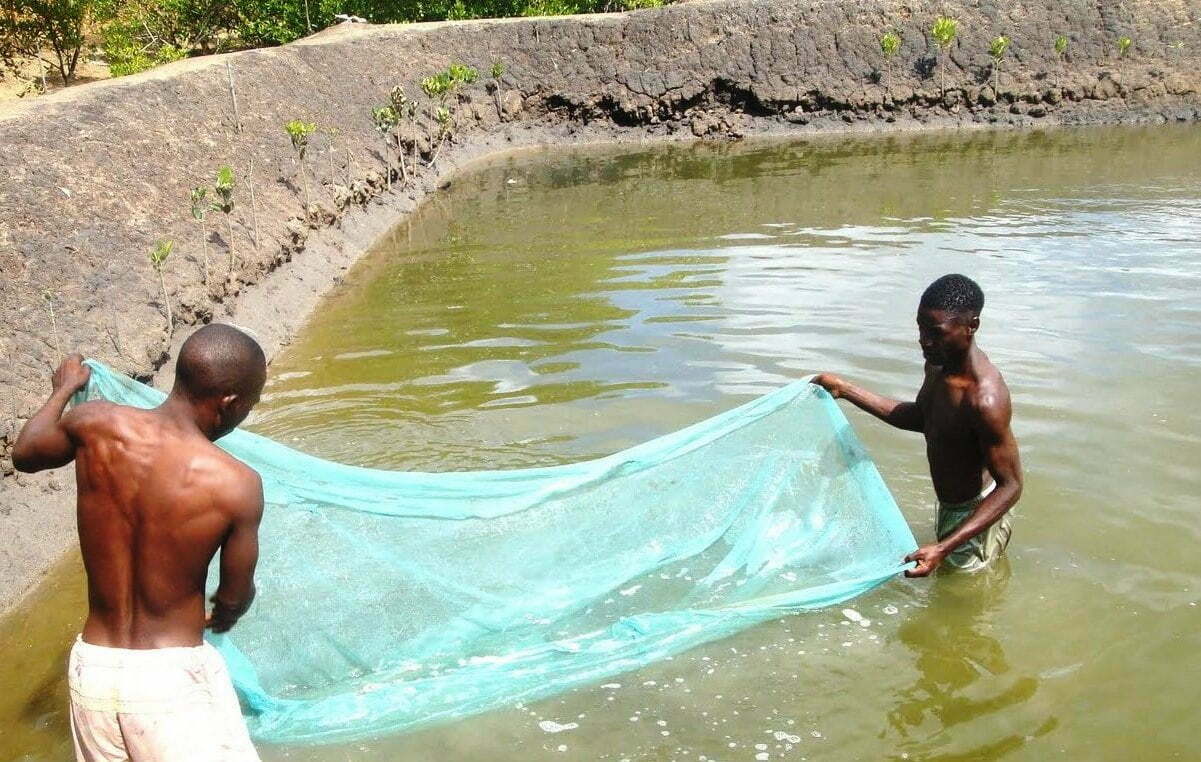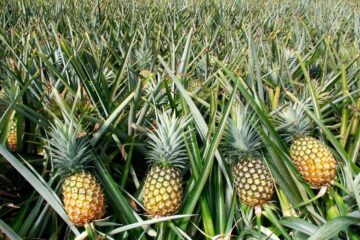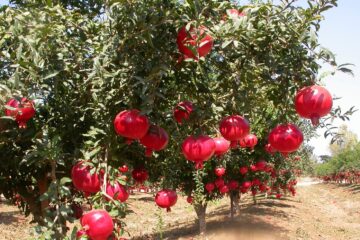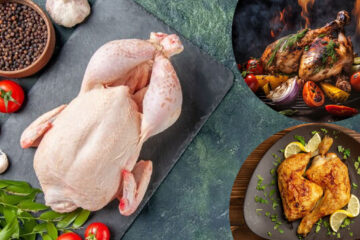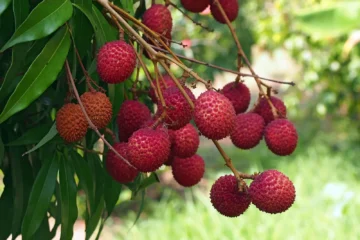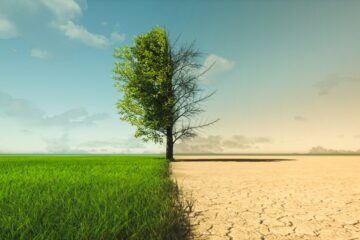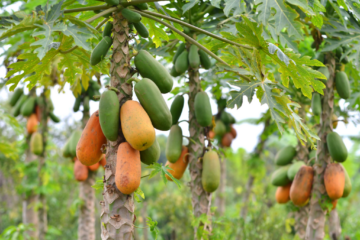Publication Date: February 2017
Fish farming in irrigation ponds can reduce production costs and increase income through efficient use of resources and waste management. This method not only supports the country’s protein needs but also offsets the maintenance costs of the ponds and provides additional revenue.
Potential and Management
Fish can be grown in any water body, and this technology has advanced significantly. Proper pond management, including water level control, weed management, and the removal of predatory fish, is crucial for successful fish farming in irrigation ponds.
Fish Stocking
It’s essential to stock fish appropriately according to the pond’s water capacity and weed presence. Predatory fish like catfish and murrel should be minimized. Instead of stocking fingerlings, growing them further before stocking can yield better returns.
Suitable fish for irrigation ponds include fast-growing varieties like catla, rohu, mrigal, common carp, silver carp, and grass carp. These fish inhabit different water levels, ensuring efficient use of the pond’s resources.
For optimal results, stock about 3,000 to 10,000 fingerlings per hectare, considering the frequent water changes in irrigation ponds. Stocking density should be adjusted to ensure fish survival and growth, typically around 3,000 fingerlings per hectare to prevent mortality due to water level fluctuations.
Maintenance
Maintaining fish in irrigation ponds requires attention to several factors. Use nets at water inlets and outlets to prevent entry of unwanted fish and escape of farmed fish. Apply manure monthly (1,000 kg per hectare) for six months to enhance water fertility.
Grow grass along the pond’s edges to support grass carp and provide manure from grazing cattle. In small ponds, feed a mixture of rice bran and oilcake to the fish.
Introduce ducks to control unwanted fish and provide additional nutrients through their droppings. Use wastewater cautiously to increase fish productivity without causing harm.
Regularly monitor fish growth using cast nets and apply lime (200 kg per hectare) to control diseases and maintain water pH at 7-8.
Harvesting
Fish in irrigation ponds are typically harvested when the water level drops. However, partial harvesting using selective nets ensures better prices and continuous growth of remaining fish. Implement a continuous stocking and harvesting strategy to maximize pond productivity.
Security
Fish theft is a significant concern. Form cooperative farms with proper security measures to safeguard the ponds and fish stock.
Dr. K. Sivakumar, Dr. K. Velmurugan, Agricultural Science Center, Kattupakkam, Kanchipuram – 603 203.

